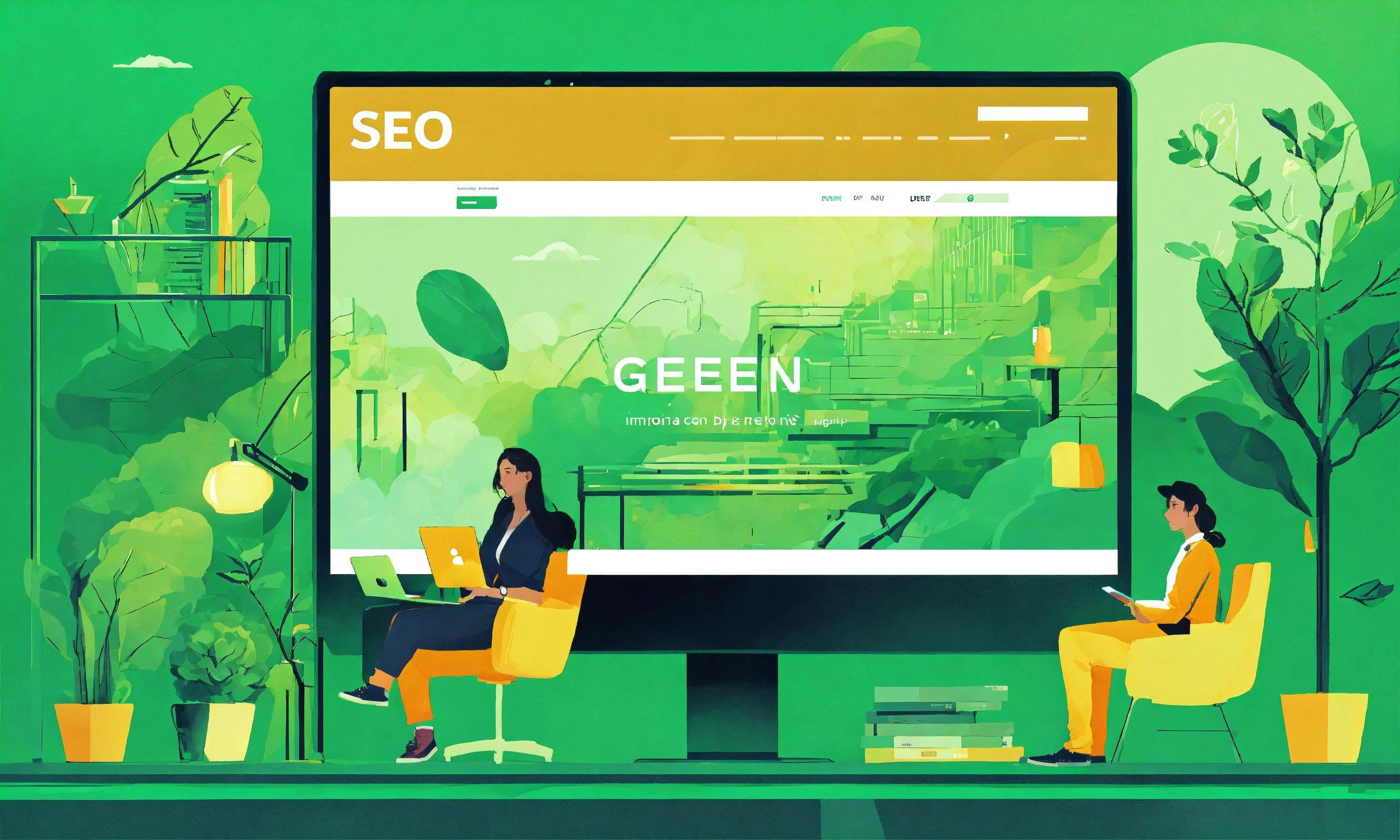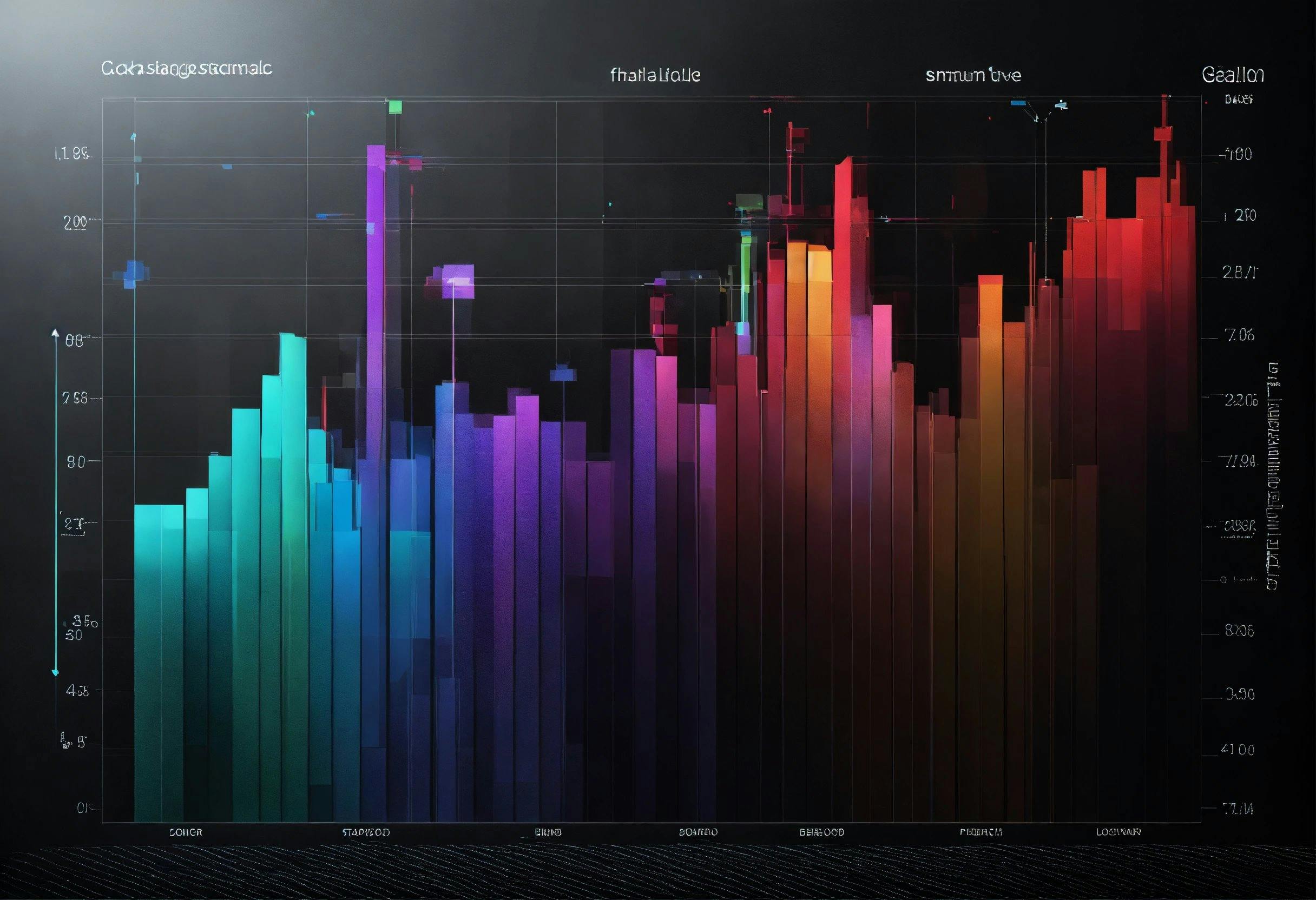Exploring the Benefits of Using Three.js with Next.js for Web Development
Monday, March 11, 2024
Title: Exploring the Benefits of Using Three.js with Next.js for Web Development
Introduction:
In the realm of web development, combining powerful libraries and frameworks can lead to groundbreaking results. One such potent combination is the marriage between Three.js and Next.js. Three.js is a popular JavaScript library used for creating 3D graphics on the web, while Next.js is a React framework renowned for its server-side rendering capabilities and seamless client-side navigation. In this article, we'll delve into the synergistic benefits of using Three.js with Next.js and explore how this combination can elevate your web development projects.
Enhanced Performance:

One of the key advantages of using Next.js is its server-side rendering (SSR) capability, which significantly improves performance by pre-rendering pages on the server before serving them to the client. When integrated with Three.js, this ensures that even complex 3D scenes load swiftly, providing users with a seamless experience. Additionally, Next.js optimizes client-side navigation, reducing page load times and enhancing overall performance.
SEO-Friendly 3D Content:

Traditionally, rendering 3D content on the web posed challenges for search engine optimization (SEO) due to the reliance on WebGL and JavaScript. However, Next.js's SSR capabilities enable search engines to crawl and index 3D content more effectively, thereby improving discoverability and search engine rankings. By leveraging Next.js along with Three.js, developers can create visually stunning 3D experiences without compromising SEO performance.
Seamless Integration with React Components:

Next.js is built on top of React, allowing for seamless integration with React components. This compatibility extends to Three.js, enabling developers to encapsulate 3D scenes within React components and leverage the power of React's declarative syntax for managing states and props. This approach promotes code reusability, simplifies maintenance, and enhances collaboration among developers working on both frontend and backend components.
Progressive Enhancement:

Progressive enhancement is a fundamental principle in web development, emphasizing the importance of delivering a basic user experience to all users while progressively enhancing it for those with more advanced capabilities. By combining Three.js with Next.js, developers can implement progressive enhancement strategies seamlessly. They can deliver basic 2D content to users with less capable devices or browsers while providing rich 3D experiences to users with modern browsers and devices, ensuring inclusivity and accessibility.
Simplified Deployment and Scaling:

Next.js offers built-in support for static site generation (SSG) and serverless deployment, making it easy to deploy and scale web applications efficiently. When paired with Three.js, developers can leverage Next.js's deployment capabilities to deploy 3D applications effortlessly to platforms like Vercel or other cloud providers. This streamlined deployment process reduces operational overhead and ensures smooth scaling as traffic to the application grows.
Conclusion:
The combination of Three.js and Next.js offers a compelling solution for creating immersive 3D experiences on the web. By harnessing the performance optimizations, SEO benefits, and seamless integration provided by Next.js, developers can unleash the full potential of Three.js while maintaining a robust and scalable web application architecture. Whether you're building interactive data visualizations, gaming experiences, or virtual tours, leveraging the synergy between Three.js and Next.js can elevate your web development projects to new heights.